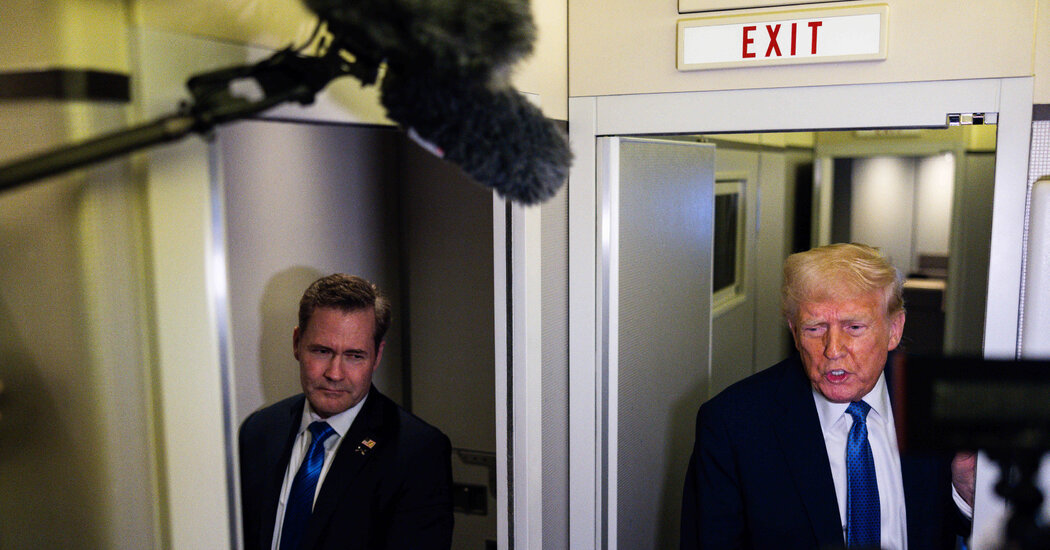
While Fed Chair Powell downplayed the potential inflation impact of tariffs as being “transitory”, central bank officials clearly see more downside risk to the economy after lowering growth estimates. In their updated economic projections, Fed members now see 2025 GDP growth at 1.7% compared to 2.1% in December’s projections. But the table below shows where members see risks to the outlook, and if inflation and economic growth will surprise to the upside or downside. On the right hand side of the chart, you can see a significant jump in members seeing risks weighted to the downside for growth compared to December’s projections.
The global liquidity cycle remains a bullish tailwind for stock prices. The yearly rate of change in M2 money supply is accelerating after dropping into negative territory for the first time ever, and financial conditions remain much looser than average. Just as the Fed is set to slow its balance sheet runoff, the global liquidity cycle that tracks long-term credit creation is in full swing (chart below). The current cycle started in 2022 and is not projected to peak until later this year. Liquidity and ample credit is the lifeblood of asset prices, and remains a positive catalyst for speculative assets like stocks.
Various investor surveys have shown sentiment becoming excessively bearish. The AAII survey of retail investors has stayed near bearish extremes for four consecutive weeks. And CNN’s Fear & Greed Index has been in extreme fear territory for nearly a month. But indicators of investor positioning were not confirming via bearish allocations until recently. The National Association of Active Investment Managers is now showing equity exposure among active managers dropping to low levels (chart below). That shows investor positioning is starting to reflect the bearishness in survey indicators, which is a bullish contrarian indicator.
Commodity Trading Advisors (CTAs) manage investment portfolios utilizing futures contracts. That includes futures tied to stock market indexes like the S&P 500 and Nasdaq 100 Index. CTAs frequently deploy momentum and trend following strategies to adjust exposure. The chart below shows CTA exposure to US equities, which turned negative for the first time since the last correction in 2023. A modest rally in stock indexes could trigger short-covering by CTAs and help fuel fund flows into equities.
Another boost to fund flows could come from risk-parity strategies. These institutional investors target a risk budget, and reduce equity exposure when volatility levels are rising. The CBOE Volatility Index (VIX) measures implied volatility on the S&P 500 and has a long-term average around 20. Whenever the VIX jumps above the long-term average, that can fuel selling by risk-parity strategies to stay within their risk budget. But the opposite can happen when vol levels drop below average, which allows risk-parity to increase equity exposure. The chart below shows the jump in VIX above 20 in late February shortly after the peak in the S&P 500. The recent rally is helping push VIX back below 20, which can draw risk-parity flows and further stabilize VIX levels while creating a positive feedback loop for stock prices.
As institutional positioning evolves to support fund flows into the stock market, there have been signs that institutions are already becoming active. Since the recent market lows on March 13, several days have seen a large imbalance of advancing stocks relative to declining issues. That includes within the S&P 500, which saw back-to-back days with 90% advancing issues. The table below looks at past instances of consecutive 90% days going back to 1972. You can see the S&P has positive forward returns 90% of the time 3-, 6-, and 12-months out along with stronger than average gains.






